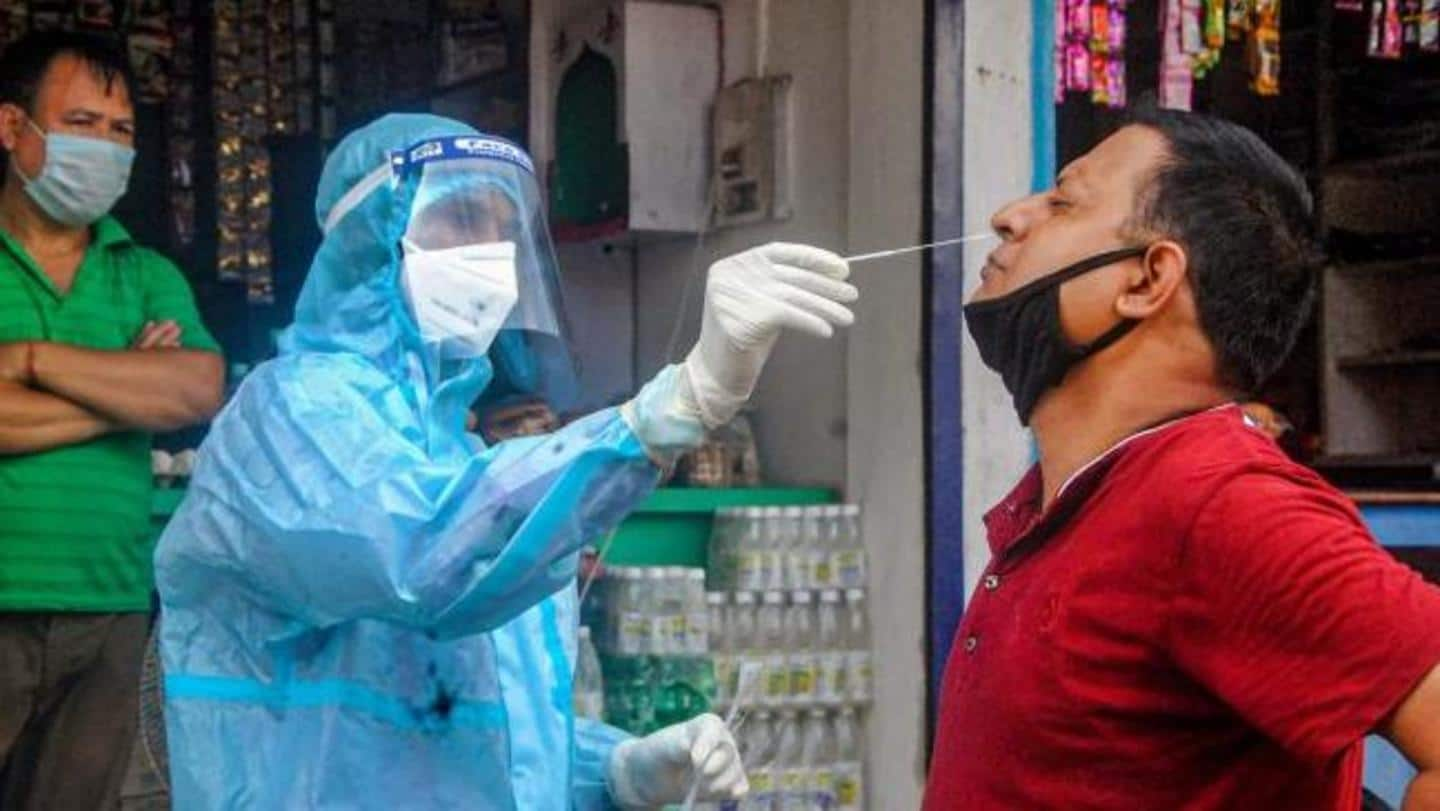
ICMR revises testing advisory allowing 'testing on demand' for coronavirus
What's the story
The Indian Council for Medical Research (ICMR), the top health research body, has allowed testing on demand for COVID-19 in its revised testing strategy.
However, the ICMR has said that its advisory may be modified as per the discretion of the state health authorities.
The health body has also broken down its testing recommendations into four categories. Here's what the advisory states.
#1
Advisory for 'testing on demand'
All individuals who wish to get tested and those undertaking travel to other countries/Indian states where a negative COVID-19 test is required can get tested.
A single RT-PCR/TrueNat/CBNAAT/Rapid Antigen Test (RAT) positive test is to be considered confirmatory, without any repeat testing. A repeat RAT/RT-PCR should be conducted if symptoms develop after a negative RAT.
No negative test is required for discharge.
#2
Routine surveillance in containment zones, screening at points of entry
Under this category, all persons exhibiting symptoms of influenza-like illness (ILI), including healthcare and frontline workers, can get tested.
All asymptomatic direct and high-risk contacts (family members, colleagues, elderly or immunocompromised persons or those with co-morbidities) of laboratory-confirmed cases should be tested once between day 5 and day 10 of coming into contact.
All asymptomatic high-risk individuals in containment zones should be tested.
Information
ICMR recommends Rapid Antigen Tests as first choice
For this category, the ICMR recommended RAT to be the first choice of test, followed by RT-PCR/TrueNat/CBNAAT as the second choice in the order of priority. The ICMR suggested that 100% of people living in containment zones should be tested by RAT.
#3
Routine surveillance in non-containment areas
All symptomatic (ILI symptoms) individuals who have traveled internationally in the last 14 days or been in contact with a laboratory-confirmed case can be tested.
All symptomatic ILI cases among returnees and migrants can be tested within seven days of illness.
All symptomatic (ILI symptoms) healthcare/frontline workers involved in containment and mitigation activities can be tested.
All asymptomatic high-risk contacts can be tested.
Information
ICMR recommends RT-PCR/TrueNat/CBNAAT as first choice
Under this category, the ICMR recommended conducting tests using RT-PCR or TrueNat or CBNAAT as the first choice with RAT being the second choice. However, for symptomatic high-risk contacts, RAT is recommended as the first choice of test in order of priority.
#4
Advisory for testing in hospital settings
All Severe Acute Respiratory Infection (SARI) patients and those exhibiting ILI symptoms can be tested.
All asymptomatic high-risk patients who are hospitalized or seeking immediate hospitalization can be tested.
Asymptomatic patients undergoing surgical/non-surgical invasive procedures can be tested, but not more than once a week during the hospital stay.
All symptomatic neonates presenting with acute respiratory/sepsis-like illness can be tested.
#4
Advisory for testing in hospital settings
All pregnant women in/near labor who are hospitalized for delivery can be tested.
The advisory states that no emergency procedure (including deliveries) should be delayed for lack of test. Pregnant women should also not be referred for a lack of testing facility.
Mothers who test positive are recommended masks, frequent handwashing, and breast cleaning while handling the newborn baby for 14 days.
#4
Advisory for testing in hospital settings
Patients presenting with atypical manifestations can be tested on the discretion of the treating physician.
According to the advisory, "atypical manifestations" include stroke, encephalitis, hemoptysis, pulmonary embolism, acute coronary symptoms, Guillain Barre syndrome, Multiple Organ Dysfunction Syndrome, progressive gastrointestinal symptoms, Kawasaki Disease (in pediatric age group).
For testing in hospital settings, RT-PCR/TrueNat/CBNAAT is recommended as the first choice with RAT being the second choice.